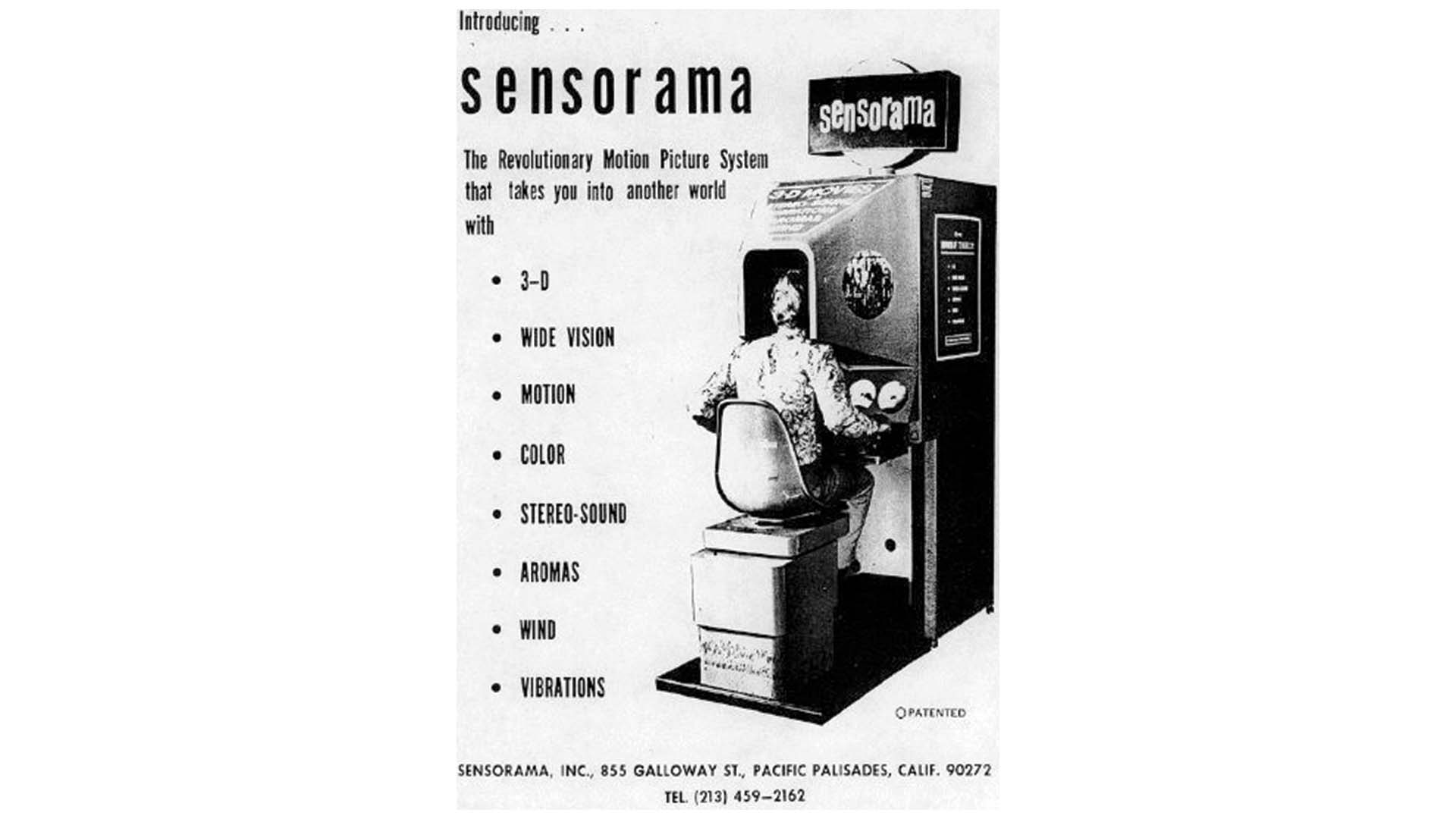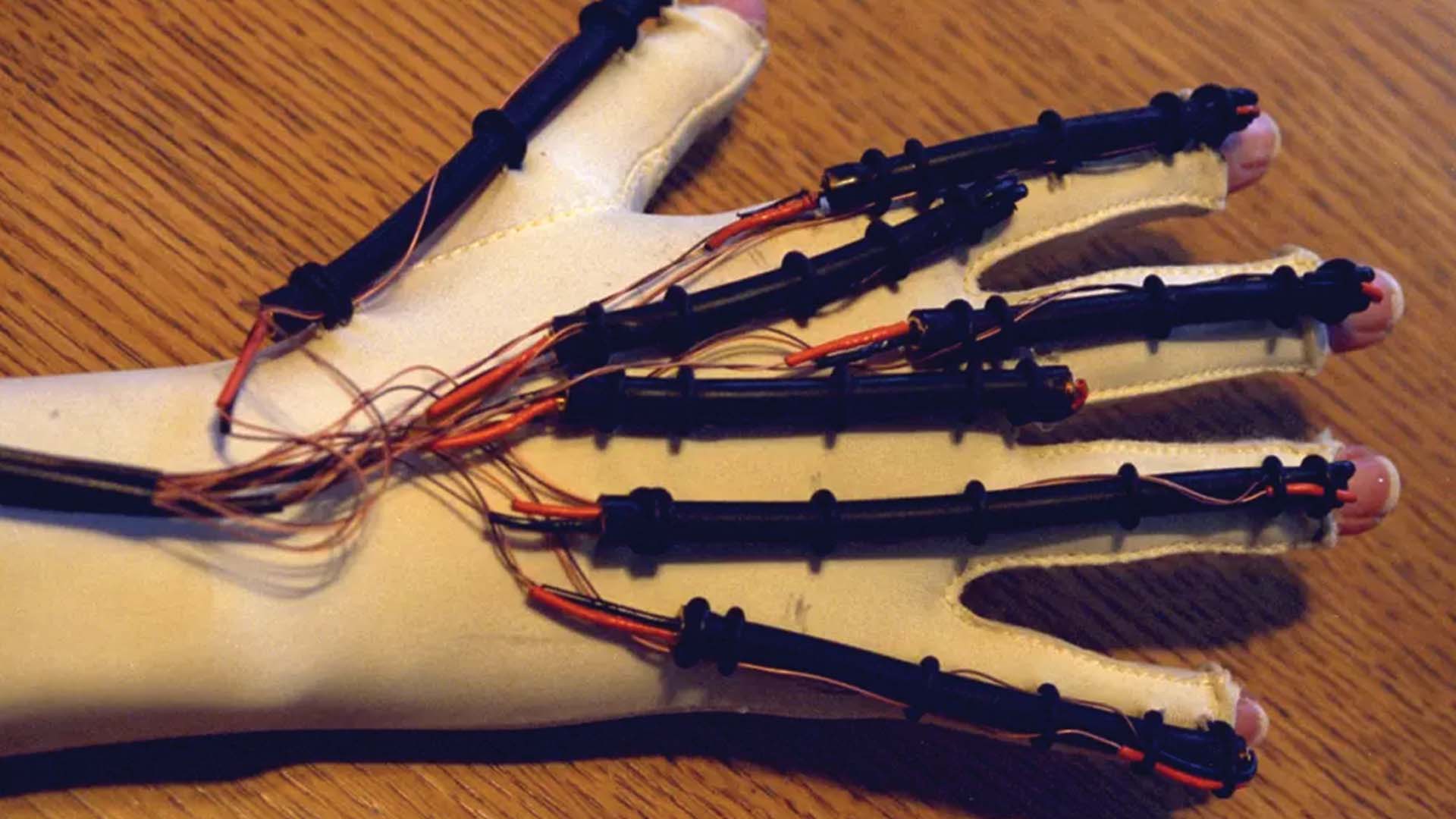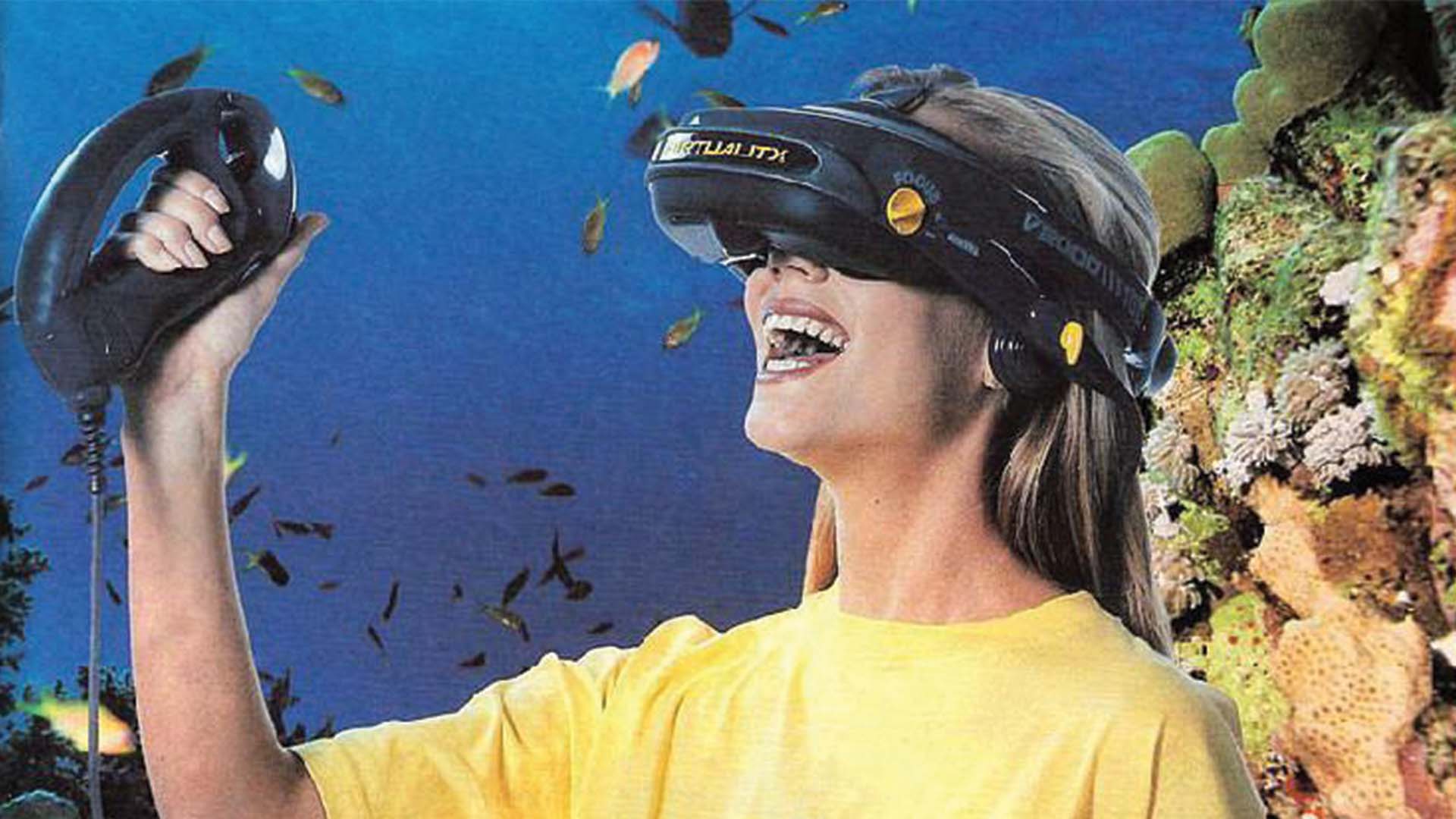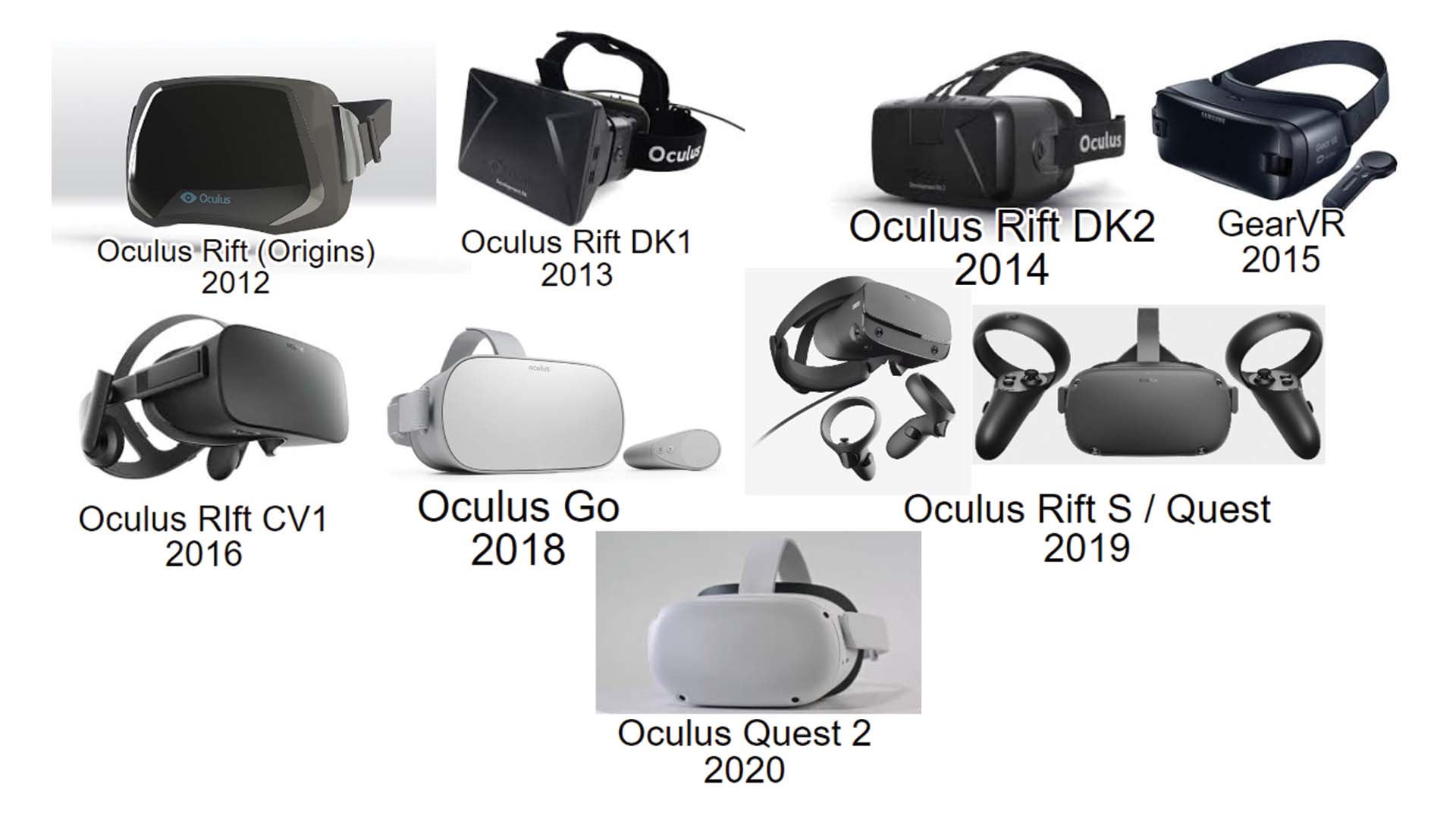The augmented and virtual reality market size is expected to reach $252.16 billion by 2028, about a 40 percent increase from 2021. What is the evolution of virtual reality, and how did it become such an impactful industry of the future?
What is Virtual Reality?
In its essence, the goal of virtual reality is to trick someone’s brain into believing something unreal is real. Today, VR refers to computer-generated imagery and hardware designed to create a simulated environment that gives an immersive experience.
A virtual reality headset works because of the psychological concept stereopsis—the ability to perceive depth because of the subtle horizontal differences in the image each eye receives looking at something. Stereoscopic VR closely resembles the way we view the real world, using two lenses for each angle for each eye.
The concept of stereopsis was first developed with Charles Wheatstone’s research in 1838. His research found that the brain processes the different two-dimensional images from each eye into a single object of three dimensions and that viewing two side-by-side stereoscopic images or photos through a stereoscope gives the user a sense of depth and immersion.
The 1950s – 1960s: Underpinnings of VR
However, Wheatstone’s research was not truly applied to virtual reality-type use until 1956 with Morton Heilig’s Sensorama. Heilig was a cinematographer who developed the Sensorama to stimulate all the senses to truly immerse an individual into the six short films he shot, produced, and edited. It featured stereo speakers, a stereoscopic 3D display, oscillating fans, smell generators, and a vibrating chair.

Four years later, Heilig also invented the first example of a head-mounted display (HMD): the Telesphere Mask. The headset provided stereoscopic 3D and wide vision with stereo sound. Similarly, in 1961, two engineers, Comeau and Bryan, developed Headsight, the first example of motion-tracking. Headsight incorporated a video screen for each eye and a magnetic motion tracking system that was linked to a closed-circuit camera. This was designed for immersive remote viewing of dangerous situations by the military, but it lacked integration of computer and image generation.
Integrating VR for other applications, In 1966, military engineer Thomas Furness created the first flight simulator for the Air Force. He is credited for kick-starting the development of modern flight simulator technology and is sometimes referred to as “the grandfather of VR”.
Further, in 1968, Ivan Sutherland and his student Bob Sproull created the Sword of Damocles: the first VR/AR head-mounted display that was connected to a computer and not a camera. However, it was a large, heavy contraption suspended to the ceiling that the user needed to be strapped into to use. It never got further than the lab it was built in.
The 1970s -1990s: Rise and Fall of VR
By the 1970s, more companies began producing VR devices. For example, General Electric produced a computerized flight simulator in 1972 with three screens to give trainee pilots a feeling of true immersion. In 1976, Kreuger the widely regarded first interactive VR system was created: VIDEOPLACE. It used a mix of CG, light projection, cameras, and screens to measure user position.

Further, the McDonnell-Douglas Corporation integrated VR into its HMD, the VITAL helmet for miliary use in 1979, StereoGraphics created stereo vision glasses in 1980, and Sandin and Defanti created Sayre gloves in 1982 to monitor hand movements by using light emitters and photocells.
The term “virtual reality” was finally coined in 1987 by the founder of the Visual Programming Lab (VPL), Jaron Lanier. Lanier used the term to describe his company’s products; the lab developed a range of VR gear and was the first company to sell a VR HMD.
NASA also took an interest in VR in 1989, commissioning a VR system to help train their astronauts. As a result, the Virtual Interface Environment Workstation (VIEW) system combined a head-mounted device with gloves to enable the haptic interaction, coming close to a completely immersive experience.

In 1991, Virtuality Group released a series of HMD-powered games for high-end video arcades that brought VR to the general public. Players would wear a pair of virtual reality goggles/headsets to play immersive games in real-time. The graphics were not realistic, but it was revolutionary for the time and gave millions of players around the world their first taste of VR.
Other companies tried to capitalize on the VR buzz from Virtuality, but unfortunately, none were successful. For example, Nintendo’s Virtual Boy launched in 1995 as the first portable console that could display 3-D graphics. However, its hardware wasn’t capable of providing the desired VR experience with its lack of colored graphics, software support, and comfort.
The 2010s – Now: Commercialization of VR
After a hiatus in the VR world, Palmer Luckey designed a prototype for what would become the Oculus Rift virtual reality headset in 2010. This VR set promised gamers modern graphics because of its power to render two different, high-resolution images in real-time that could be fed into a VR HMD. As a result, in 2012, Luckey and Oculus’ Kickstarter campaign for the Oculus Rift became one of the most successful ever, raising over $2.4 million.

Facebook bought Oculus for around $3 billion in 2014, just after the first shipment of kits went out via the Kickstarter campaign. This caused VR to gain massive momentum, such as Sony’s announcement of Project Morpheus, a VR set for the Playstation 4, and Samsung’s announcement of the Samsung Gear VR, a headset that uses a Smartphone Galaxy smartphone as a viewer.
By 2016 and 2017, hundreds of companies like HTC, Google, Apple, Amazon, Microsoft Sony, and Samsung began developing their own VR headsets. Most of the headsets had dynamic binaural audio, but the haptic interfaces (systems that allow humans to interact with a computer using touch and movements) were still lacking.
Throughout the late 2010s, other industries began tapping into virtual reality, such as the medical field for training surgeons, the wellness field for leading meditation, and the military field for training pilots.
Today, the cost of VR headsets has dropped, and many advancements have quickly come out such as varifocal technology, hand scanning, finger tracking, eye tracking, and mixed reality. Furthermore, the virtual reality craze and innovation do not seem to be slowing down in this evolution. For example, Apple’s new headset is rumored to have several cameras and sensors embedded on the external chassis so that it can process inputs from the real-world environment. Startup OVR Technology is even putting smell in VR, reminiscent of the very first virtual reality set: the Sensorama!







